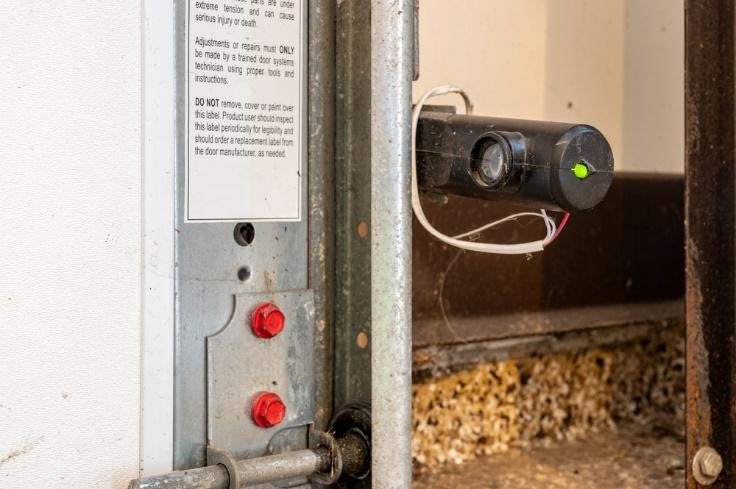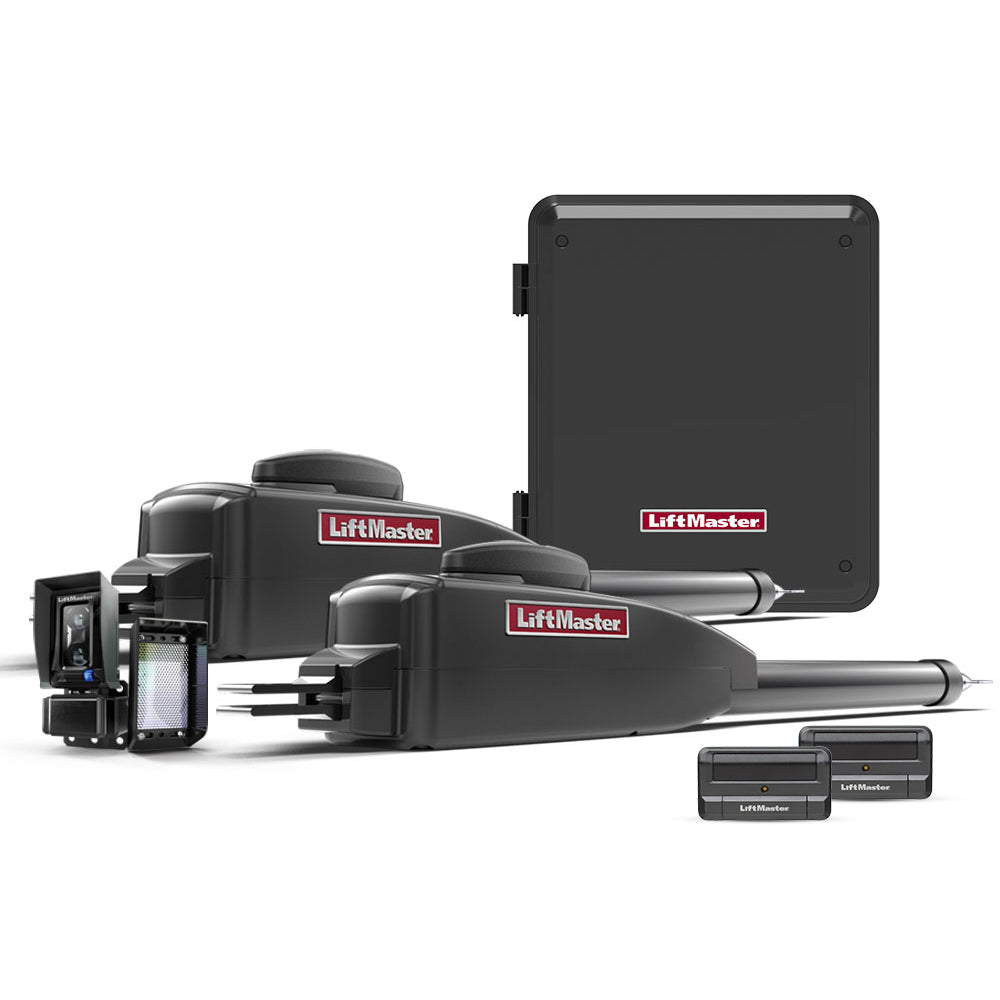Automatic doors, elevators and train doors that detect your presence are the ingenious work of a door sensor. This mechanism is designed for convenience and functionality.
Electric gates are heavy and can potentially crush anything that comes in between if not stopped. To prevent an accident, proximity gate sensors like the thru beam sensor are fitted into the gate to stop or reverse its operation.
A thru beam or through-beam sensor completes the security and safety features of automatic gates. It is a type of photoelectric sensor that uses infrared light aimed at the receiver. Whenever something blocks the light, it will stop the gate operation and open it again to allow entry.
The thru beam sensor is so efficient it can detect even the smallest object and work at long range or in an opaque environment.
What Are Proximity Sensors?
Proximity sensors are devices that detect the presence of an object and turn the captured information into an electrical signal. It is also referred to as a proximity switch that senses actions without physical contact.
A motion sensor is like a safety switch that turns off the operation of a door or gate when an object is in its way. Think of it like your phone sensor whenever you have a call. The proximity sensor disables the display to prevent you from accidentally activating apps while on a call.
There are different types of proximity sensors:
- Inductive proximity sensors that can only detect metals
- Capacitive sensor that senses all metallic and non-metallic objects, including liquids and powders
- Ultrasonic sensor that detects objects through a high-frequency ultrasonic emitter
- IR proximity sensor, which uses infrared light for detection
- A photoelectric sensor is a light emitter whose beam sensors detect all types of objects, even at a distance
What Is a Thru Beam Sensor?
The photoelectric proximity sensor is classified into three models: thru beam, diffuse, and retroreflective sensor.
As the term implies, the photoelectric sensor utilizes a light beam to create an electric current.
The thru beam photoelectric sensor detects an object when it interrupts the light beam cast from the opposing light emitter and receiver.
The diffuse or reflective sensor emits light from the sensor aimed at a reflector and sent back to the receiver. It detects an object when the light path becomes interrupted.
A retroreflective sensor works similarly to a thru beam, but the emitter and receiver are in the same housing instead of the opposite.
Among the three, the thru beam is the most reliable for its ability to detect small objects and its long sensing range.
How a Thru Beam Sensor Works

A thru beam sensor is ideal for automatic gates for precise, accurate and reliable detection. Thru beam sensors can sense opaque objects even in dirty and foggy environments. They have background suppression which isolates the object from the environment.
In a gate security system, thru beam sensors prevent unwanted entries and collisions. The thru beam has a separate transmitter and receiver. These are positioned at the opposite beams of the gate. They need to be aligned properly for them to work correctly.
It becomes unlocked after the authorized user triggers the door or gate using the access controller, such as remote controls. As the car or pedestrian gets closer to the gate, the photo eyes recognize it, and the beam sensor gets broken. It allows the gate to change direction and open it to avoid collision.
Pros and Cons of a Thru Beam Sensor
Beam sensors are indispensable for optimum safety in automatic doors and gates. It also adds convenience, so there is no need for someone to hold the door for you when your hands are full.
Pros:
- Detects all kinds and sizes of materials
- Long sensing range
- Background suppression
- Fast response time
- Accurate and reliable
- All-weather application
- Long life
Cons:
- Complex installation
- Photo eyes need periodic cleaning to prevent lens contamination
- It will not work properly if misaligned
- Sensing range may sometimes become affected by the color and reflectivity of the object
One of the major disadvantages of the thru beam sensor is its complicated installation. It involves two devices, the receiver and a separate transmitter, which need to be properly aligned.
You should also check the manual for the proper installation height to effectively detect high and low vehicles.
Tips and Techniques in Using a Thru Beam Sensor
Proximity sensors are amazing safety devices that every automatic gate needs. But with all its features, please note that a gate sensor does not count as a secure entry and exit method. It is simply a device for motion control.
Thru beam sensors only operate when the gate is in command operation. A locked gate will not grant you entry which is only reasonable for security purposes. Without a reliable gate lock, anyone can enter the premises, tenants, visitors and unauthorized people alike.
If you want heightened security, invest in trusted electric or magnetic locks.
Here are some safety tips:
- Regularly check and clean the photo eyes for blockages like dirt and debris
- Provide a small cover for the control unit to shield it from sunlight, which can interfere with the signal
- Install two pairs of thru beam sensors –inside and outside – for added convenience
- Mount the sensors as far apart as possible (Don’t worry, they have long sensing ranges)
- Have the sensor installed by a qualified gate technician to ensure safety
Where to Buy a Thru Beam Sensor
All Security Equipment offers a wide range of gate automation products, including Thru Beam Sensors. To learn more about our products, please contact us and visit our website.
All Security Equipment is a certified international supplier of doors and gates safety equipment and accessories. We are partners with top brands and reliable manufacturers, so we can offer you the best deal for the best price.
Don't hesitate to get in touch if you have any questions or needs - our team is here for you!












